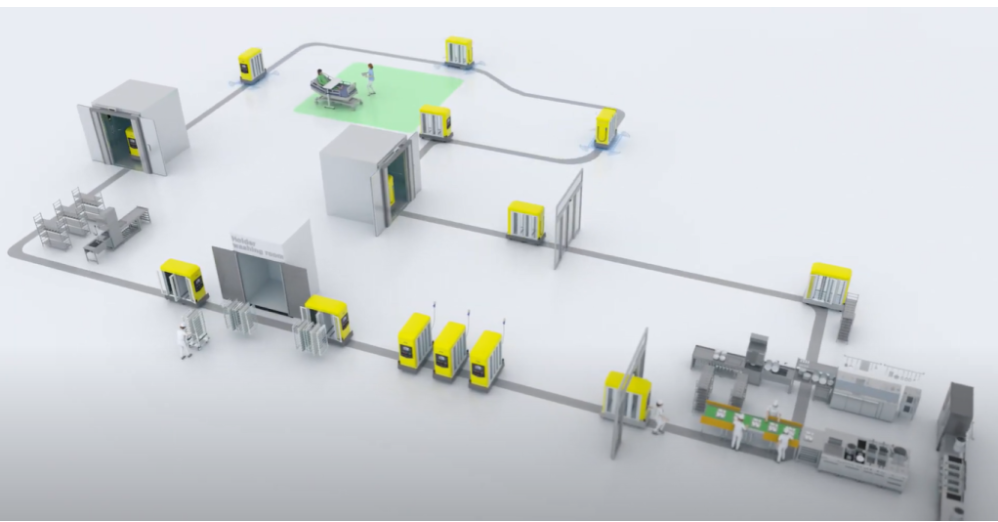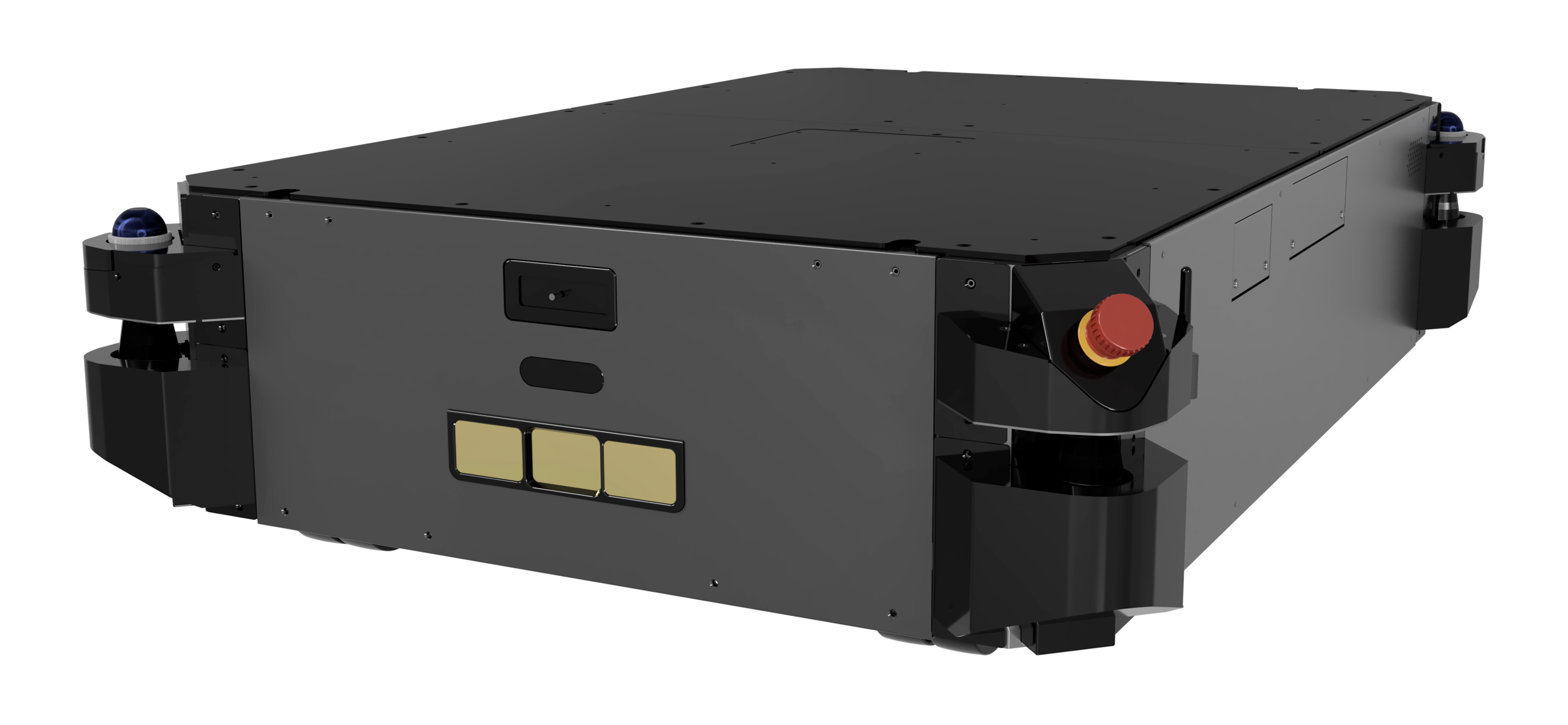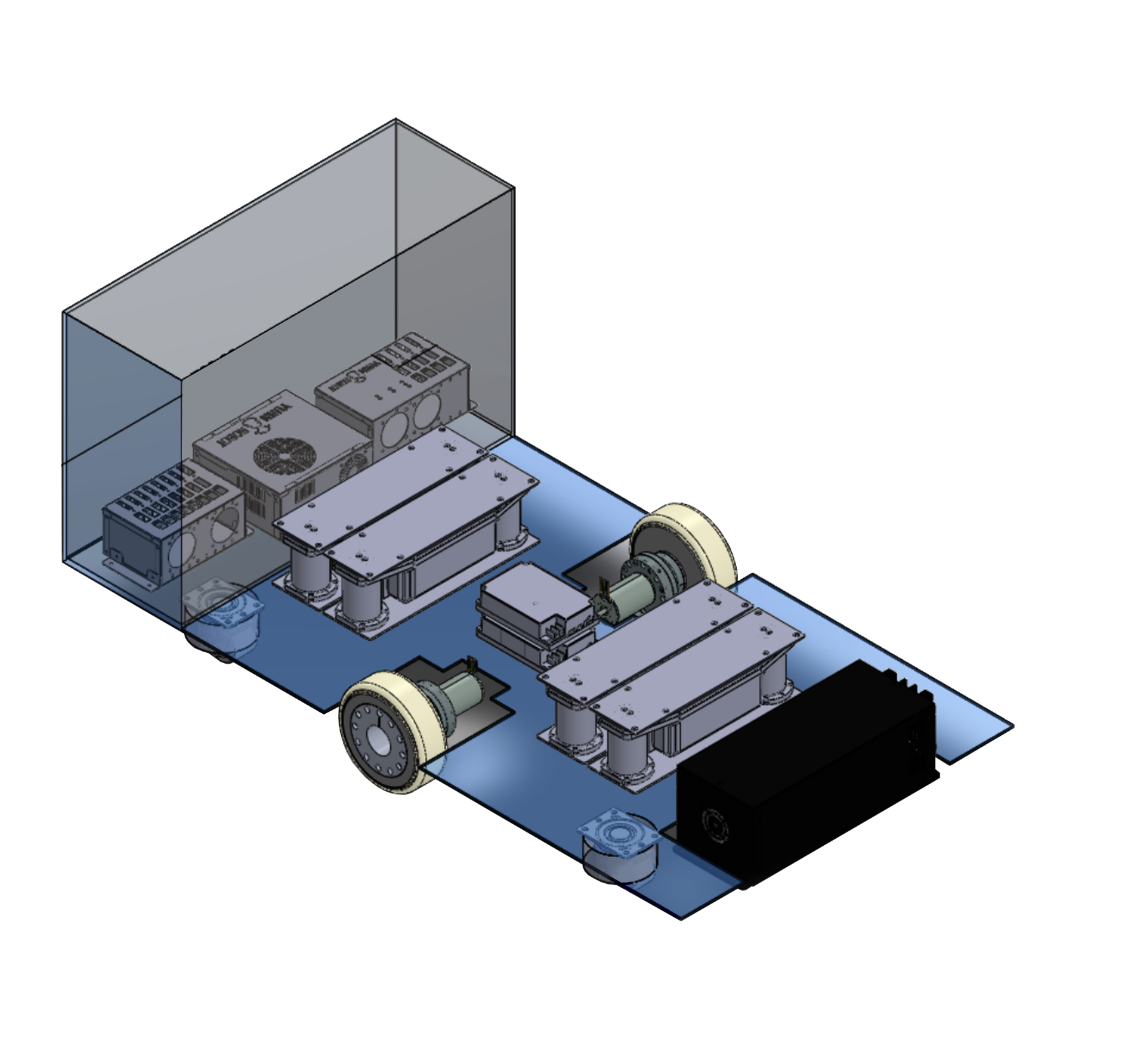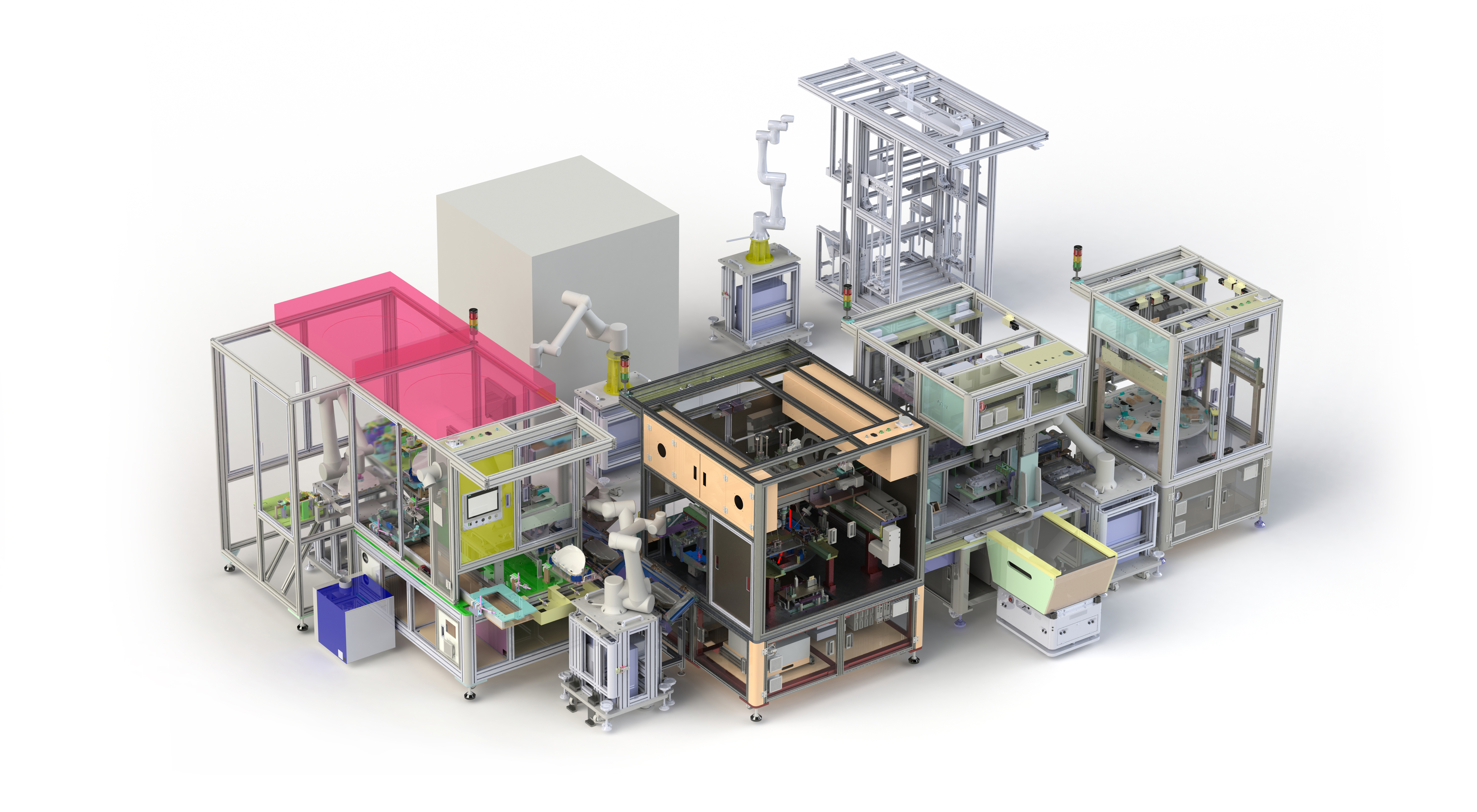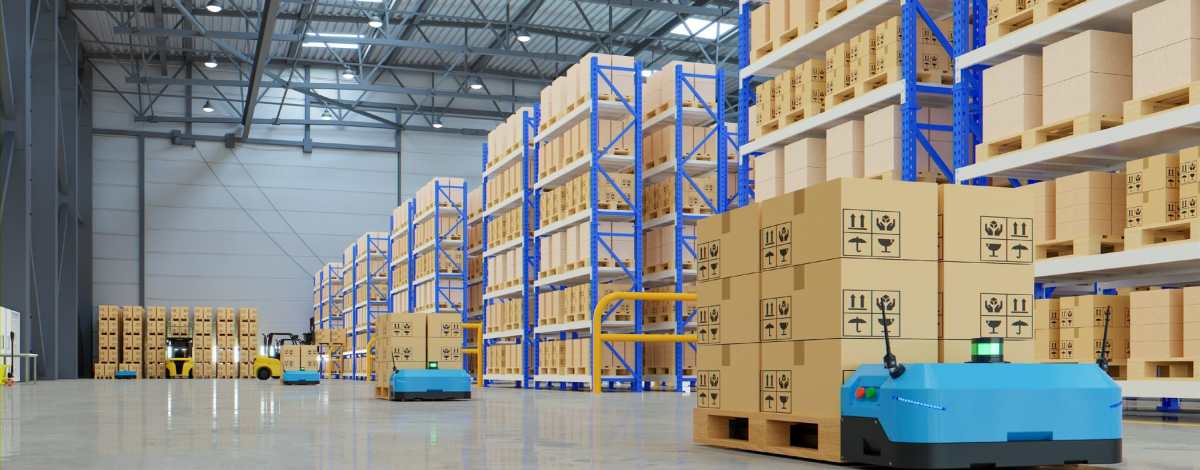The rise of the “as a Service” or “aaS” business model has opened the door for end users to receive quality automated services without human intervention — and at a cost that is much lower than vendor-provided services. This pay-as-you-go service model allows organizations to scale up and down as needed and has made once-costly service options accessible even to small- and mid-sized businesses.
While Software as a Service (SaaS) is probably the most well-known category of the aaS model, it also includes such things as Data as a Service (DaaS), Banking as a Service (BaaS) and Infrastructure as a Service (IaaS) — to name just a few. In the last few years,
Robots as a Service (RaaS) has quietly gained traction as an alternative to costly investments in additional manpower or infrastructures. More robotics companies are beginning to implement RaaS plans, allowing end users to enjoy the benefits of robots without having to commit to custom purchases.
Understanding the benefits of the RaaS model
To fully illustrate the benefits of RaaS, it’s important to explore how it works and what makes it so attractive to end users. Much like with Software as a Service, those who choose RaaS are leasing the devices through a cloud-based subscription service. RaaS is a viable alternative for companies not yet ready to commit to purchasing a custom solution, whether because of budget limitations or a desire to try before buying.
RaaS levels the playing field in many ways by substantially lowering or even eliminating the upfront cost needed to begin using robotics. At the same time, it immediately increases efficiency. Because companies only pay for the services they use, it’s a more affordable method of achieving automation and boosting their competitive edge. And, since the vendor providing the RaaS owns the equipment, they will be responsible for maintaining and repairing the robot — again, saving the end user’s initial investment. This also establishes the purchase as an operating expense (OPEX) rather than a capital expenditure (CAPEX), which mean it eliminates the typical need for advance budget approval that could slow down the process of acquiring robots.
RaaS also provides a more predictable way of projecting costs and provides greater autonomy when it comes to adapting to changes (such as increased or decreased production). As needs change, if a particular robot turns out to not be the right fit for a certain business environment, it’s possible to exchange the robot for something more suitable without losing the money that would have been invested if the robot had been purchased. And, if the robot turns out to be even more effective and useful than the user had hoped, they can easily add more robots to the work environment.
That flexibility and lower barrier to entry have made RaaS increasingly more appealing to businesses. According to the International Federation of Robotics, the prevalence of industrial robots has increased by about 13%
every year since 2015. And that’s not expected to slow down any time soon: Predictions from Market Research Engine expect the RaaS market segment to enjoy an annual growth rate of 21% from 2022 to 2027, with a $42 billion-plus market globally by 2027.
What’s driving RaaS growth?
Some of the factors driving the RaaS model, according to Market Research Engine, are:
- A greater demand for skilled service robots in healthcare and other service industries
- The growing quality of networked robots
- A rise in customizable robots, or the ability to add applications for specific tasks
Together, these factors have created the perfect environment for robotics companies to thrive, and many companies now have increased production to meet the growing need. And at the same time, it is giving businesses much-needed solutions and relief from supply chain issues and worker shortages.
In the wake of “the Great Resignation,” many workers have left jobs either in search of a new career or even to start their own companies. Factories have been hit particularly hard, with manufacturing experiencing the greatest increase in resignations.
The use of RaaS creates the opportunity for manufacturing and warehouse environments to automate dangerous and/or understaffed jobs, and at the same time, it could be making that workplace more appealing to workers who will have the opportunity to learn skills required for operating robotics systems.
Supply chain issues also are helping generate more interest in robotics and RaaS. As disruptions continue, companies are looking at robots to help get them back on track. In the U.S., robot orders set a record
in 2021, according to the Association for Advancing Automation (A3). This was primarily attributed to the fact that more industries have started to recognize that robotics could provide the solutions to frustrating labor shortages and supply chain delays.
Another factor driving the growth of RaaS is the ease with which it can be implemented. It used to be that incorporating robots into a workspace was not only costly but complex. As technology has evolved, interfaces have become easier to use, with setup and installation no longer being a major challenge for companies. Robotics manufacturers also are developing apps and bundling hardware and software to make it easier for the end user.
Who’s using RaaS?
One of the many advantages of robots is that they can be used in many different environments. Two of the most popular environments for robots are manufacturing and healthcare, and the RaaS concept is an ideal fit for both of these environments.
Warehouses have turned to automation to reduce accidents and job-related injuries, improve processes and help absorb the impact of the worker shortage. Warehouse robots also have been integral in helping keep up with thegrowing demands of e-commerce and provide the rapid fulfillment required for companies to stay competitive.
In healthcare, autonomous mobile robots emerged as literal lifesavers during the pandemic, providing services ranging from disinfecting patient rooms and surgery suites to providing basic patient screening functions to combating labor shortages by delivering food and lab samples.
By leveraging the RaaS model, these environments can improve efficiencies, cut costs, boost morale and provide safer working conditions. And that’s just the beginning: According to the International Federation of Robotics, one trend that has emerged since 2020 is that the appeal of robots has spread to a wider segment of industries.
Today, businesses that did not previously consider automation are looking at robots as a solution, and RaaS provides the ideal opportunity for them to explore such options without the upfront investment. Robots can fill roles in customer-centric industries like delivery and logistics, construction and agriculture, to name a few. As technologies advance, the number of sectors that will be able to depend on RaaS is projected to continue growing.
Using an RaaS partner
As more industries turn to robots, RaaS represents an appealing way to begin experimenting with robotic solutions. Working with the right RaaS partner, it’s possible to outline needs and expectations, then create a trial, pilot, launch and rollout strategy to address those challenges. Because of the scalability of the business model, there’s no danger of overcommitting or overbuying, and services can be scaled up or down as needed.
This also means being able to get a realistic projection of costs before committing and being able to get a clear understanding of how it will affect the efficiency of your operations. Your RaaS partner will be able to give you a better picture of how the robots can be used, what efficiencies and solutions they can provide and explain how the Robots as a Service model will fit into your overall business plan.




